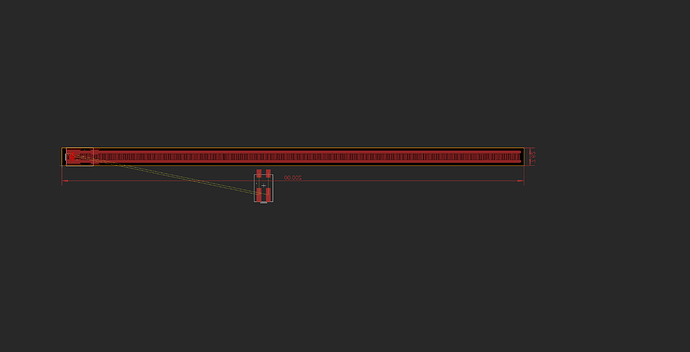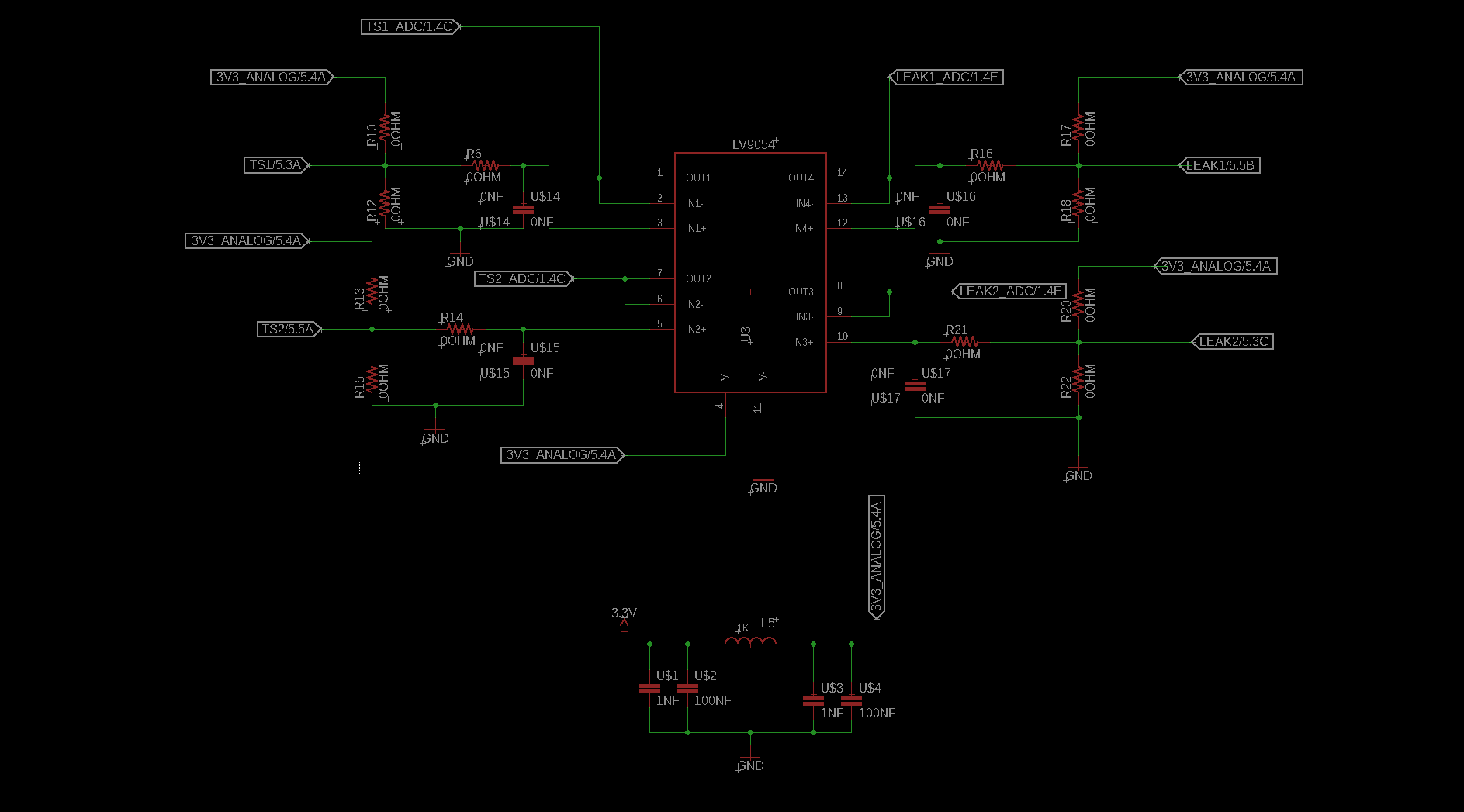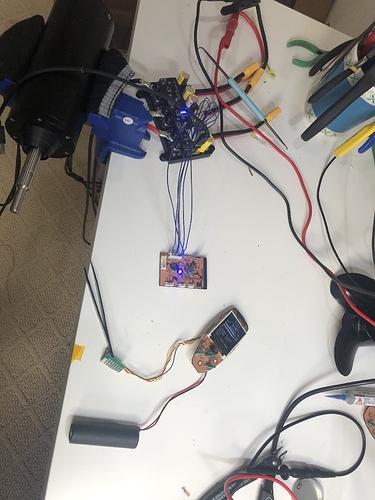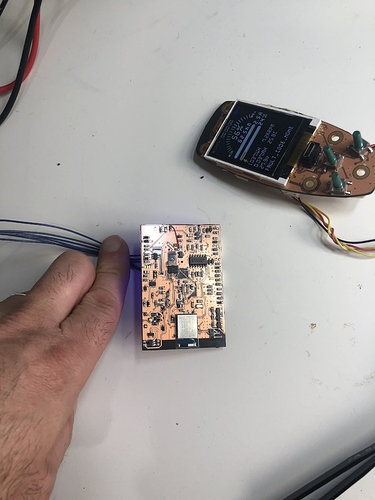Such an amazing work !
Whatever the price yo usell one I’ll be your first client ! 
I have been busy with our newborn  but things are easing up and I will have more time to speed up the development
but things are easing up and I will have more time to speed up the development
Take your time!! It looks amazing and I hope it will come to life! There is definitely a need for a reliable waterproof remote like yours. Do you have any idea when it will be available for sale and how much approx? Don’t feel pressured to answer if you don’t know yet. Anyway, thank you for your hard work on this and congrats on your newborn 

I just received receiver boards. Plan is to test and develop all the features with current hardware and mechanical designs in next 2 months. I should have second rev in 3 months which will be mostly mechanical design changes and potential electrical design improvements. I will open hardware for sure and If I don’t get to make this available for sale For reasonable price tag I will open the firmware for sure
Working on water leak sense for receiver side. Very simple impedance measurement. with biased opamp voltage follower to mcu’s adc. let me know if you have any ideas
.
Love it when you plug it and it just works 
Receiver is done. I need to get back to remote mechanical design If anybody wants to contribute to mechanical design It would definitely speed up the process. I was thinking to design an enclosure for receiver also
What a great work!!!
Hi Sami,
I can contribute. Currently redesigning my motor pod structure with Inventor so no big problem for me. Feel free to PM me
Great project, thanks for sharing Sami! I like your various additional sensor inputs like multiple temperatures and IMU. Have you considered to expand your “receiver” micro controller board into a more universal efoil control unit that could also drive actuator control boards for pitch/roll stabilization and other experiments? We would need to experiment with additional sensors too. Probably blows up this scope but I am curious about that topic.
Yes. I have 4 pwm outputs for servo controls for exact same idea of assisted Stabilized ride. I have been doing small basic simulation about the control loop of the Efoil for assisted ride, to just dampen any aggressive inputs with imu and water debt sensor feedbacks and pitch, roll and throttle override control. aggressive inputs means if you roll too much to the point the board start to be unstable, or wind or too much waves that sometimes in manual ride it is not possible to react to it fast as human.
I still don’t have board to put my electronics for testing these ideas. My Chinese board will be ready in next two weeks. Plan is to finish all remote and logging functionality first and then expand the receiver to control unit
That’s great to hear! I think dampening aggressive user inputs and counter reacting to sudden pitch/roll changes is a good start. I hope you have your board ready soon and can start testing. I’ll ping you next time I drive my van up to the bay area, maybe I can help you with tests on my setup.
Nice!
I also though about a “elevation” sensor to get the height above the water. Is your “water debt” sensor measuring the debt to the seafloor (like for collision avoidance) or is it measuring the height of you flying above the water?
And what kind of sensor do you have? I though about time of light and ultrasonic but didn’t make it to try one. The time of light might have problems with drops of water remaining on the sensor when already being flying and ultrasonic has a “dead spot” of around the first 10-40 cm (depending on the sensor model itself).
So maybe you got a hint for me? 
I’d like to have a surface breach warning, before stalling. And a absolute height sensor fused with the IMU data should be quite reliable…
Also did you already made a concept for the mechanics of your stabilizer?
When I started to research for the eFoil project I came across a height controlled sail hydrofoil boat. That simply used a 50Hz PID Loop over 2 servos and worked.
Still I didn’t figure out the mechanics for an eFoil, since the motors cant be mounted in a dry area so easily…
Sure let me know whenever you are in bay area👍
For obstacle avoidance sonar sensors would be great. For mast height above water I am building a capacitive sensor. As you stated tof, sonar for this purpose is not good. Lots of ideas here bit with new baby and full time job not much time unfortunately .
Can you elaborate on the capacitive sensor?
I know that you can get the height by determining the dielectric coefficient between to plates. But this would mean, that you have to have the sensor inside the mast and also a high waterflow inside your mast.
Or do you have a capacitive sensor mounted at the board pointing downwards?
But as far as I know, those capacitive proximity sensors are only good in the cm range like below 5cm or so…
I am thinking to have capacitors place isolated with lamination and embed them inside a pipe and yes inside the mast with good water flow
Ok, did you already think about a “resistor” matrix on the mast with a flexible PCBs?
Before trying to get a capacitive sensor inside the mast, I would try one outside along the mast. Still in my opinion both wont work better than tof or ultrasonic since inside the mast you will always have flow problems (like you change the height fast than the water can escape from your mast) and it will be a huge pia to install it. And on the other hand a resistiv sensor will have corrosion problems, especially in salt water.
It worth trying. Specially since it would be cheap and easy to make and I an making it already for waterleak sense anyway. But then it comes corrosion over time and making sure water drops doesn’t stick on your strip.
I’m working on something similar based off of a FPV drone flightcontroller. I have a bunch of experience with drones and felt that using something I’m familiar with would be the way to go. For starters I’m just looking to log pitch/roll/ yaw/ esc temps/ voltage/ current since that’s all standard stuff the flight controller logs anyway in Betaflight (drone firmware) but later I would love to add a pressure sensor (this one: Bar30 pressure sensor https://bluerobotics.com/store/sensors-sonars-cameras/sensors/bar30-sensor-r1/) and slowly start thinking about ‘autopilot’. The project is more geared to implementing a cheap and cheerful opensource autopilot into a Solarboat but using my board as a testbed seemed like a good start.
With regards to the thread. Have you considered standard RC protocols? They are super fast, reliable and allow for two way communication (and interface beautifully with RC flightcontrollerg which is only really a benefit for me but could allow for digital signals instead of PWM).
I can’t see this working unless you are planning to drive the foil with a joystick in your hand, or only use it in periods where you want to ride straight. The automatic stabilisation will continuously be fighting any input from your feet in order to keep the board stable. Therefore carving, wave-riding or any other rapid movements to avoid obstacles are completely out of the question. In fact I think it will make the foil more dangerous!



